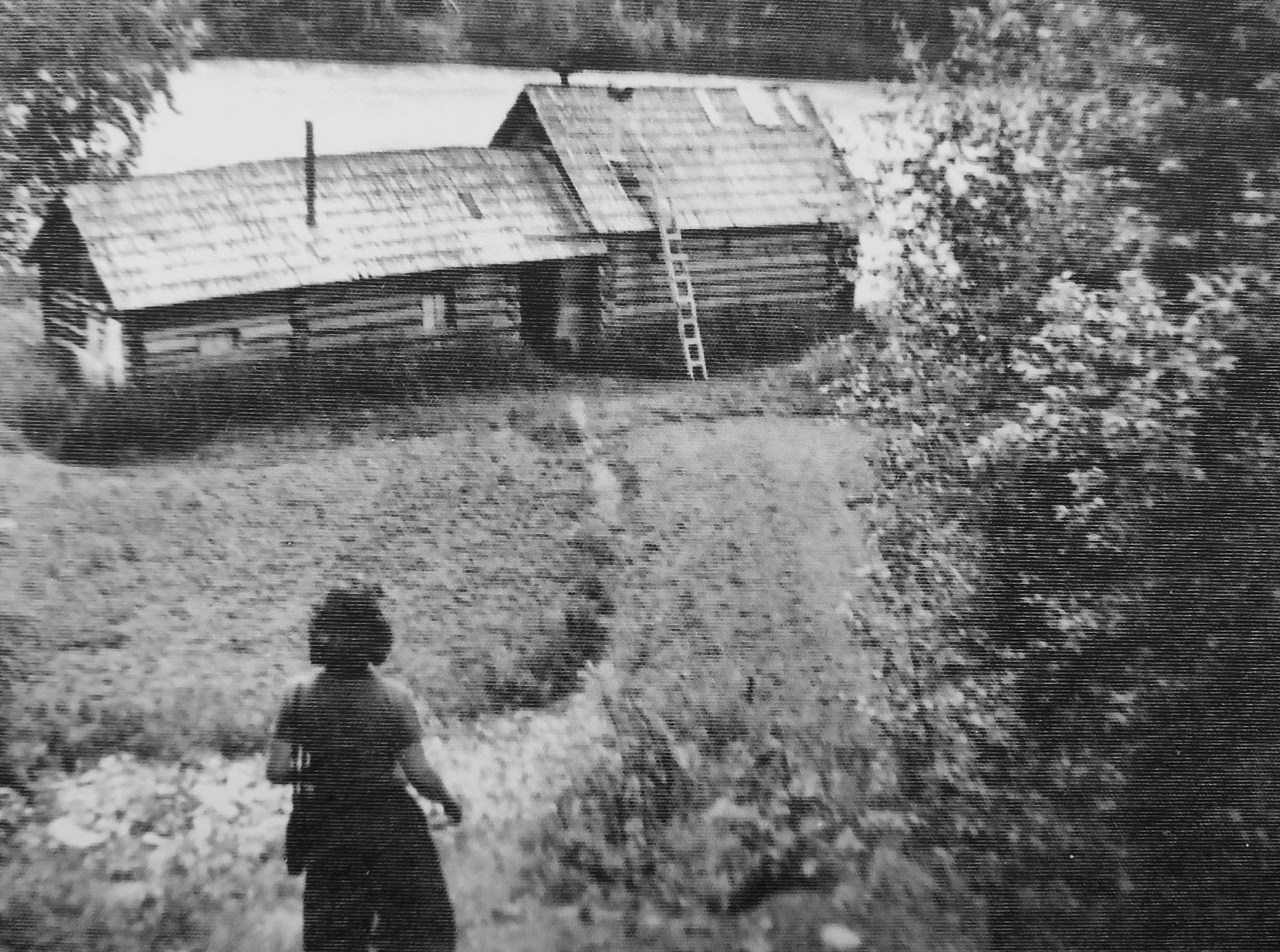Part I of III
The name itself receives little attention, but the “Jim’s” in Jim’s Landing is misleading. The apostrophe implies that the landing was named for a single man named Jim, when actually it honors two close friends with that name: James (“Big Jim”) O’Brien and James (“Little Jim”) Dunmire.
Still, the misplaced apostrophe is, however, no big deal compared to the difficulties associated with the place itself. Jim’s Landing, just off the eastern end of Skilak Lake Road, has often been a point of concern.
To begin with, when the upper Kenai River periodically floods, the road into the landing, and many of the attached parking spaces, flood along with it.
This summer, when the smoldering Swan Lake Fire flared back to life and surged across the Sterling Highway, it scorched Jim’s Landing and jumped across the river to incinerate the forest-covered hills on the other side.
And since the landing, located just above the turbulent waters of Kenai Canyon, is in a non-motorized zone, hikers wishing to reach the Surprise Creek trailhead can find it a difficult place from which to launch small boats and paddle across the river.
The landing exists because of the trailhead.
The trailhead exists because gold lies in the Surprise Creek drainage up in those forested hills.
The history of the landing begins decades before the arrival of O’Brien and Dunmire.
Before it was known for two gold miners named Jim, the landing was named for a different miner, a German immigrant named Stephan Melchior, who came north to Alaska in 1896. According to Mary J. Barry’s history of mining of the Kenai Peninsula, Melchior began mining on Surprise Creek “shortly after” he arrived in the Territory.
Surprise Creek flows northwest from its alpine headwaters between Bear and Russian mountains, just beyond the eastern end of Skilak Lake, and dumps into the center of Kenai Canyon.
Melchior, who was nearly 50 at the time and a mechanic and millwright by trade, filed for water rights and mining claims on the creek, where he built at least one cabin, a water-powered sawmill, and a system of sluice boxes. He also carved out at least 3 miles of roads and trails, all on the creek below treeline. By March 1918, he held four placer claims on Surprise Creek and an additional claim on one of its tributaries, Basin Creek.
Barry never states how much gold Melchior discovered in Surprise Creek or how he first found traces of the metal, although it seems likely that he followed traces of “color” upstream from the creek mouth.
After determining that the lower creek was not the main source of gold, and that repeatedly scaling the creek from the canyon could be problematic or even dangerous, he must have sought an alternative route. Ultimately, he discovered the route from his main placer site down to the landing that came to bear his name.
Regardless, Melchior died in Seward in 1933, so he was gone when the two Jims arrived in June 1935.
In a 1986 interview, Beverly Christensen, who first came to Cooper Landing just two months after the Jims arrived, said that O’Brien and Dunmire learned of Melchior’s placer work and took advantage of the infrastructure Melchior had left behind.
Despite the advantages, however, gold mining involved intensive labor. Over the years, the Jims would file numerous placer claims and greatly expand their operation. The Jims were in Alaska for the long haul — more than 30 years, usually living together in Cooper Landing.
After their deaths in the late 1960s, their grave markers lay side by side on a wooded slope of the Cooper Landing Cemetery. For nearly 85 years now, they have been attached to the area, in person or in spirit.
Although O’Brien and Dunmire shared a first name, a love for the outdoors and an obvious affection for each other’s company, they were also, in appearance and personality, quite distinct.
In 1942, on his World War II draft registration card, 54-year-old Big Jim reported that he stood 5-foot-11 and weighed 190 pounds. On his own registration card that same year, the nearly 46-year-old Little Jim said he stood 5-foot-4 and weighed 140 pounds. Since they were often near each other, the physical disparities were stark.
According to Cooper Landing historian Mona Painter, who knew them both, Big Jim was quiet and usually reserved, whereas Little Jim was loquacious —“a chatterbox,” she said.
Big Jim was born on April 15, 1888, in Craig, Missouri. Prior to venturing north, he had worked at the Sunshine silver mine in Idaho. It was in Idaho, says Barry, that he met Little Jim.
Little Jim was born on June 10, 1895, in Sandy, Oregon. The 1930 U.S. Census indicates that he was a coal miner in Clarks Fork, Idaho, and had a wife named Katherine, and a young son and daughter. But just five years later, on June 14, 1935, Little Jim signed in formally (and without his family) at the Eastport-Kingsgate Border Crossing between Bonners Ferry, Idaho, and Yahk, British Columbia, on his way to Alaska.
In the 1940 Census, he was residing in Seward and claimed he was still married, but he was living with his mining partner, James O’Brien. Since June 1935, however, the two Jims had been spending much, if not most, of their time near Cooper Landing, having moved into an abandoned cabin near Schooner Bend.
Things went well there until they encountered Charlie Hubbard two years later.
AUTHOR’S NOTE: Next time, we will follow Big Jim and Little Jim through their early labors and trials, including their run-in with Charlie Hubbard, as they integrated into the Cooper Landing community.
• By Clark Fair, For the Peninsula Clarion

